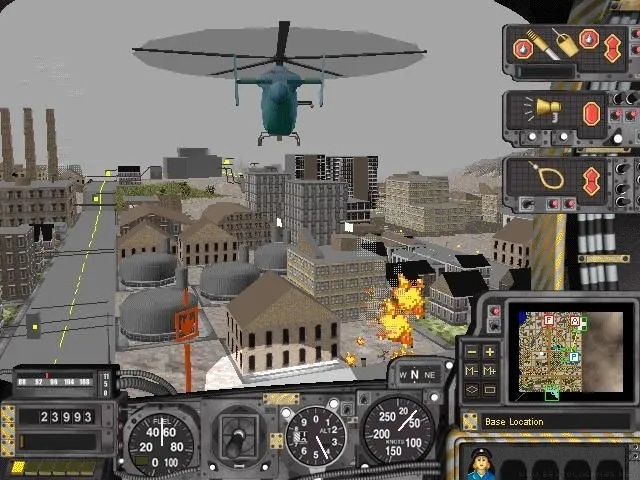
No links to pirated materials, pirated game mods, or key resellers. No memes, image macros, reaction pictures, or similar. Just the title of the post being relevant does not qualify. Hover your mouse over any of the boxes below to view relevant information.Games similar to Paradox titles may also be discussed. about any game published by Paradox Interactive or their partners. This is a sub-reddit for discussion, links, etc. Just note that the buffered map is a 3rd dimensional matrix too.Sales Game Converters Game Mods Flair Guide Wikis Paradox Forums Report Bug Teamspeak Discord Welcome to Paradox Plaza This is a better computational approach and reduce the difficulty of implementation of the callback handler. The advantages of this approach is that you can know what tile was modified, what layers was modified in some specific tile and etc, so you can make a callback system based on “what tiles has been modified?”. This approach can works, but a made a simple improvement in this algorithm: Instead of the buffer being a copy of the map, it is a blank matrix and at the end of tick, the two matrix is added and the result is the new map. The first problem can be simply resolving if you never changes the actual map directly, creating a new buffer map and make the changes in this new map, if the map receive a get call for one coordinate it return the value saved in the old map (you can do a function to return the value of the buffer, it can be usefull sometimes) and at the end of the tick you just swap the maps. Otherwise, a flow of a material has much more parameters, like the viscosity of the liquid (gas or earth ), it also receive the direction of the flow, and other factors (like the tectonic movement, wind speed/direction, etc) can influence the flow and can be used in the body of the algorithm. No matter what happens, a volcano is a volcano, then a volcano event does not expect to receive many parameters, just the position and (maybe) the intensity.Events aren’t simple, an event mades changes in different layers, eg: a volcano changes the amount of land, the water temperature, the air temperature and can kill some lifeform, so imagine that the callback of the event generate others events, these return will be complex events, or will be calculated as one.One event can change the value of (x+1,y+1) and another event can be based on the old values of (x+1,y+1), therefore it’s be based on a changed value, so the data is wrong… What is the use of a perfect algorithm that manipulate wrong data? Changing the map directly is a mistake, eg.Many bugs cames from this approach, the majors tips are: In my first attempt i made a event labeled volcano, add it to a poll in an event handler, and when the ticks ends a made a call to all events in the poll and each event changes the map directly. Let’s consider a “comum natural event” in the earth like a volcano You can quickly realize that volcano is referred to event, then it is obvious that I need an event manager at the core of the game. So in that stage, my map was a matrix where matrix represents the amount of land in the coordinate (x,y) and matrix represents the amount of water. Layers usually represent levels, amounts of something, all layers are listed in a enum and the index of a layer in the enum is the index in the matrix for that layer representation.įor example: At early stages of development I had only 2 layers: We have 2 dimensions (x,y) to represent coordinates and additionally a 3rd dimension to represent a layer. So, the world is just a 3 dimensional matrix (The game is in 2D with a birdvision). A some time ago i have tried to make a remake of SimEarth: I failed My biggest mistake was in the events and how the map is changed, so in this post i will explain how i modelated the world (map), this model give me a high freedom level to changes what I need and without loose control of the execution flow.
0 Comments
Leave a Reply. |
Details
AuthorWrite something about yourself. No need to be fancy, just an overview. ArchivesCategories |
 RSS Feed
RSS Feed
